In a world where lifespans can range from mere days to several centuries, humans often find themselves somewhere in the middle of the longevity spectrum. While many of us dream of discovering the secret to eternal youth, nature has already bestowed this gift upon a select few creatures. From the depths of the ocean to the peaks of ancient forests, some animals possess the remarkable ability to outlive us by decades, if not centuries. So, take a moment to step into the world of long-lived creatures and discover who wears the crown of longevity in the animal kingdom.
1. Bowhead Whales: The Ocean’s Methuselah
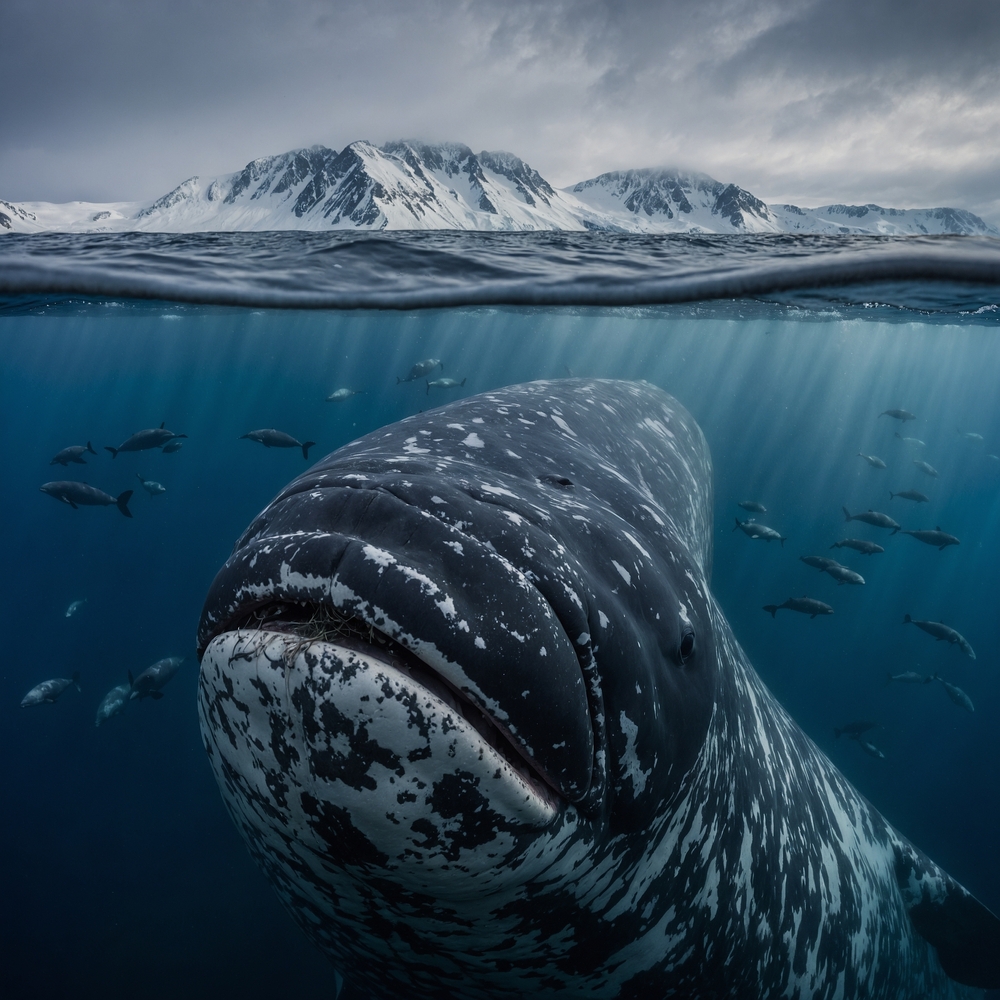
Bowhead whales are the giants of the Arctic, living impressive lives that can stretch over two centuries. These marine leviathans can weigh up to 100 tons and measure up to 60 feet in length, yet they glide gracefully through icy waters. Their longevity is attributed to their slow metabolism and life in a frigid environment, which seems to preserve their cells from aging quickly. Imagine a creature that was alive during the early 1800s, swimming alongside modern-day ocean explorers.
This incredible lifespan allows them to witness multiple human generations come and go, lending them the title of the “Methuselahs of the Sea.” In recent years, scientists have even discovered harpoon tips dating back a century embedded in bowhead whales, a testament to their enduring presence in the ocean. Their longevity is not just a marvel but also a mystery that researchers are keen to unravel, hoping it might reveal secrets to human longevity, too. The way these creatures have thrived through the ages is nothing short of inspiring.
2. Greenland Sharks: Time Travelers of the Deep

Deep beneath the icy waters of the North Atlantic, Greenland sharks glide slowly, oblivious to the passage of time. These enigmatic creatures can live up to 400 years, making them the longest-living vertebrates known to science. Scientists have unlocked some secrets of their age, revealing that their slow growth and low metabolic rate are key to their extended lifespan. Just think, some of these sharks could have been alive when the Pilgrims first set foot in North America!
Despite their seemingly sluggish demeanor, Greenland sharks are stealthy predators, with a diet that includes fish and even seals. Their resilience to cold waters and ability to survive in low-light environments have kept them thriving for centuries. Greenland sharks are truly the time travelers of the deep, silently navigating through the centuries as the world above them changes endlessly. As researchers delve deeper into the mysteries of these ancient creatures, they hope to glean insights into the secrets of longevity that could benefit us all.
3. Tortoises: Slow and Steady Wins the Race
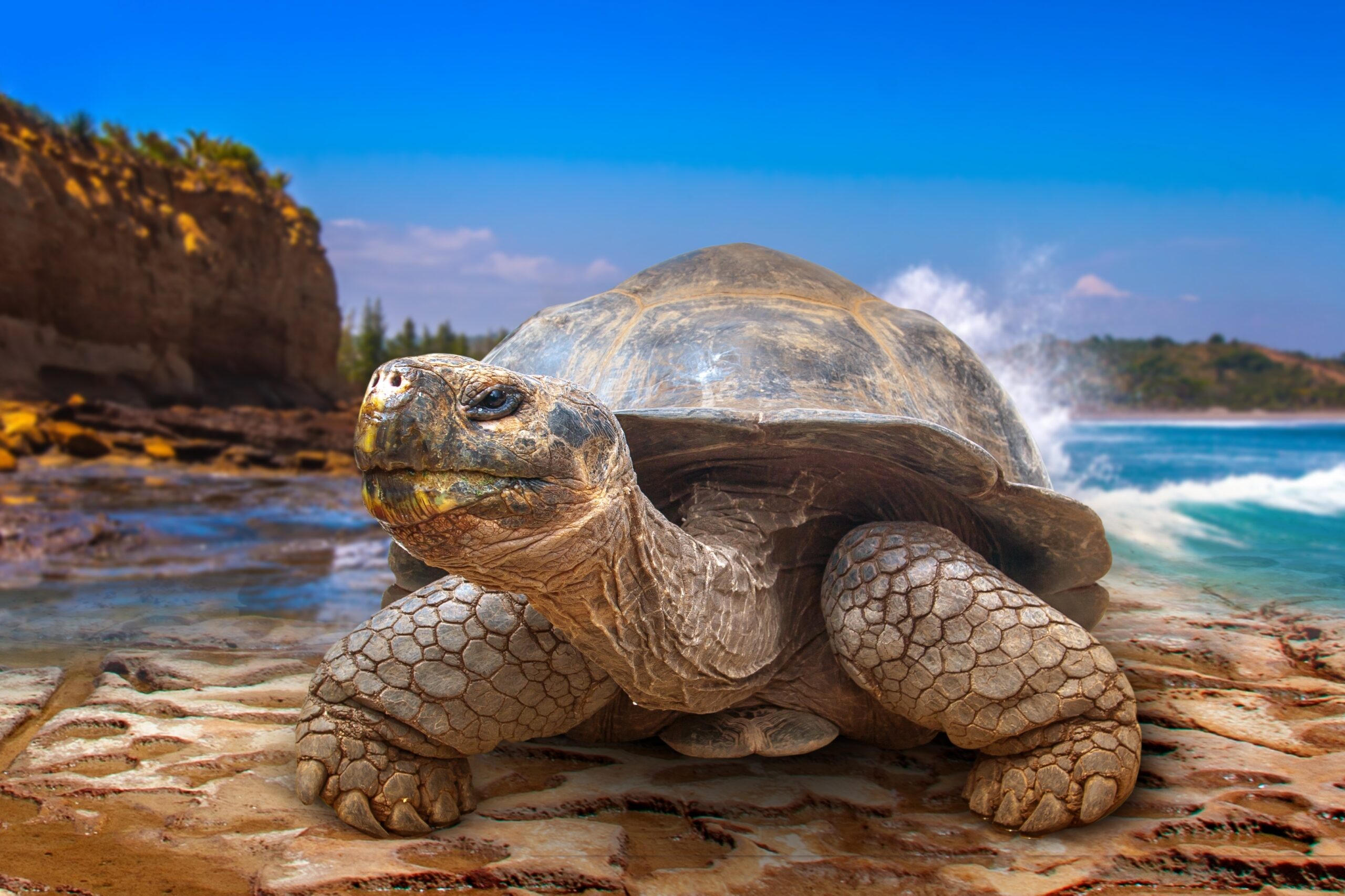
Tortoises, with their unhurried pace and ancient gaze, are synonymous with longevity. These land-dwelling reptiles can live well over 150 years, with some even reaching a staggering 200 years. The Galápagos tortoise, in particular, stands as a testament to the wonders of slow living, often outliving several generations of their human caretakers. Their secret seems to be a slow metabolism and a laid-back lifestyle that minimizes stress and wear on their bodies.
Living primarily on a diet of leafy greens and fruits, tortoises embody the philosophy that a simple, balanced life leads to longevity. Their ability to thrive in various climates and their impressive endurance have made them a symbol of wisdom and perseverance across cultures. Tortoises have witnessed the rise and fall of empires, outlasting explorers who once marveled at their size and age. In a world that often prizes speed and immediacy, tortoises remind us that sometimes, taking it slow is the key to a long and rewarding life.
4. Koi Fish: The Living Jewels of Japan
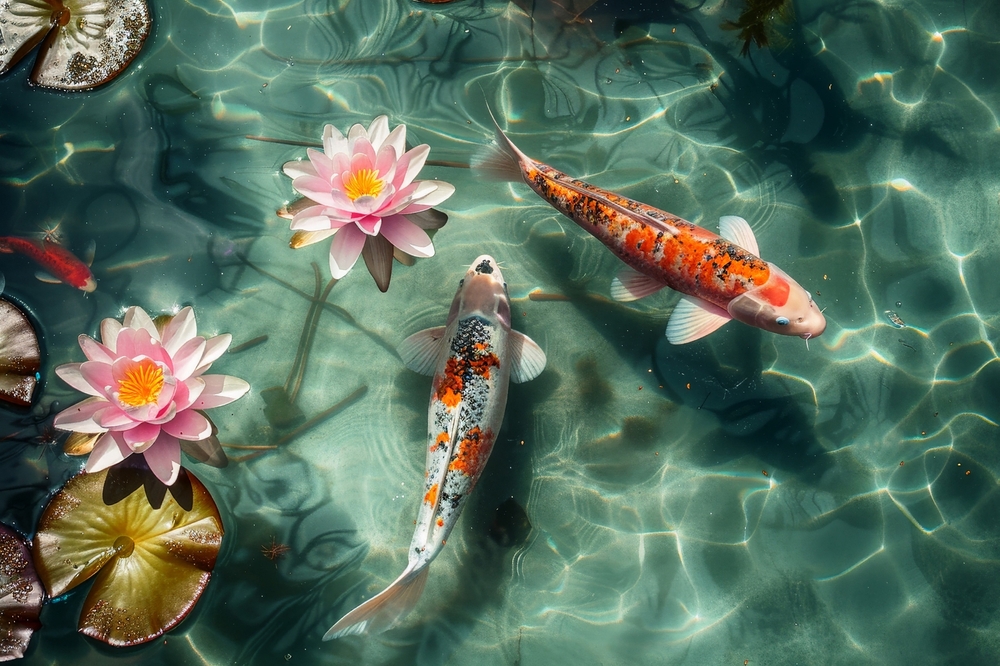
Koi fish are more than just ornamental pond dwellers; they are symbols of perseverance and longevity in Japanese culture. These vibrantly colored fish can live up to 200 years, with the most famous koi, Hanako, having lived to the ripe old age of 226. Their extended lifespan is partially due to their controlled environments and meticulous care provided by their human caretakers.
Koi fish have become a staple in many gardens worldwide, admired for their grace and vibrant beauty. They are often associated with good fortune and prosperity, revered for their ability to overcome obstacles and adapt to new environments. These aquatic wonders have swum through decades of history, witnessing the changing world from the serene depths of their ponds. Whether admired for their beauty or their age, koi fish continue to captivate hearts with their timeless charm.
5. Ocean Quahogs: The Ancient Clams
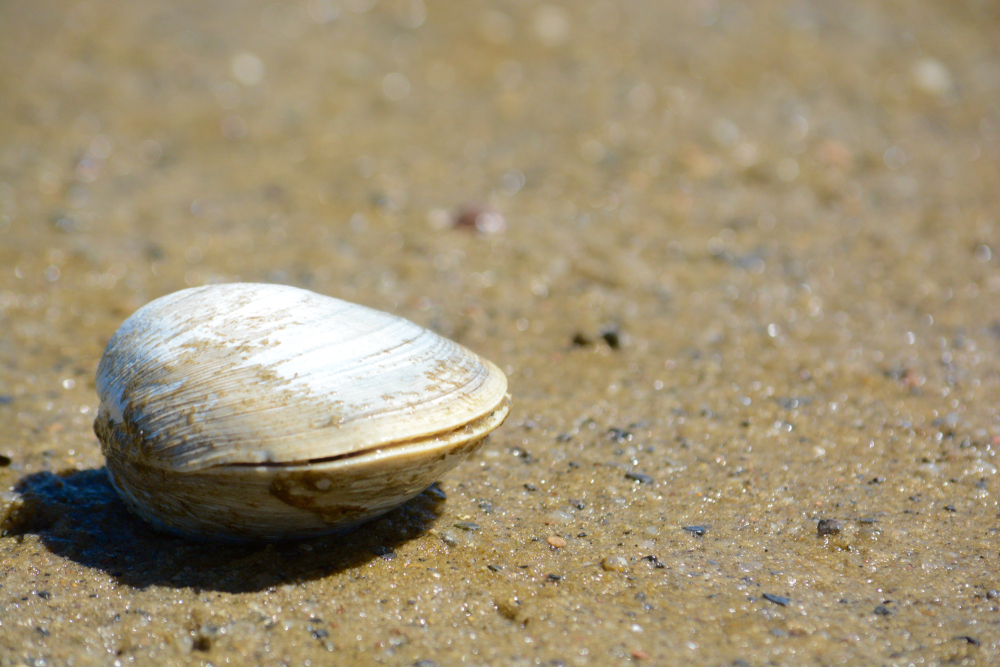
Ocean quahogs may not seem like the most riveting creatures, but these bivalve mollusks can live for over 500 years. Found in the chilly waters of the North Atlantic, these clams grow slowly and steadily, accumulating growth rings much like trees. The oldest known ocean quahog, nicknamed “Ming,” was a staggering 507 years old when it was discovered.
These ancient clams spend most of their lives buried beneath the sea floor, filtering plankton and nutrients from the water. Their longevity, like many other long-lived species, is owed to their slow growth and a relatively stress-free existence. Ocean quahogs are a perfect example of how nature can thrive when left undisturbed in its natural habitat. As scientists study these ancient creatures, they hope to uncover the secrets of their remarkable endurance and apply it to our quest for longer, healthier lives.
6. Red Sea Urchins: Spiky Survivors
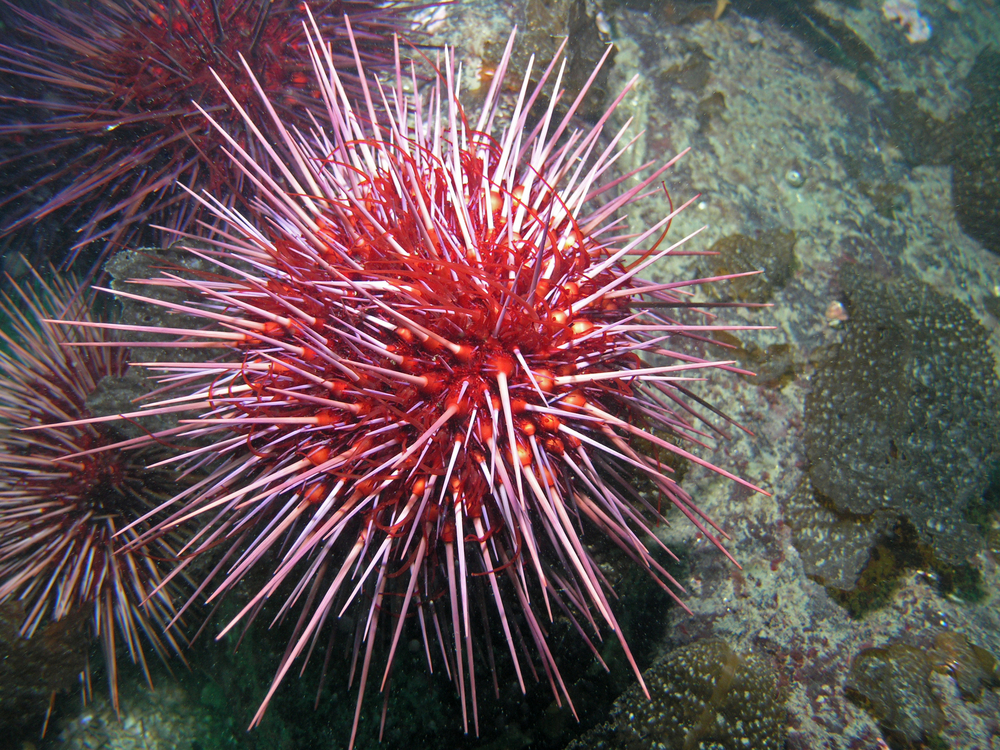
In the chilly waters of the Pacific Ocean, red sea urchins have been quietly thriving for centuries. These spiky marine creatures can live up to 200 years, showing little to no signs of aging throughout their long lives. Unlike many animals, red sea urchins continue to reproduce and maintain their vitality well into their advanced years.
Researchers speculate that their remarkable longevity is due to their ability to regenerate tissues and resist aging at a cellular level. Red sea urchins are a testament to the wonders of evolution, having perfected the art of survival in the harsh conditions of the ocean depths. As scientists explore the mysteries of these enduring creatures, they hope to unlock the secrets that could lead to breakthroughs in human health and aging. The next time you encounter a sea urchin, remember that beneath those prickly spines lies a master of longevity.
7. Tuatara: The Living Fossils of New Zealand
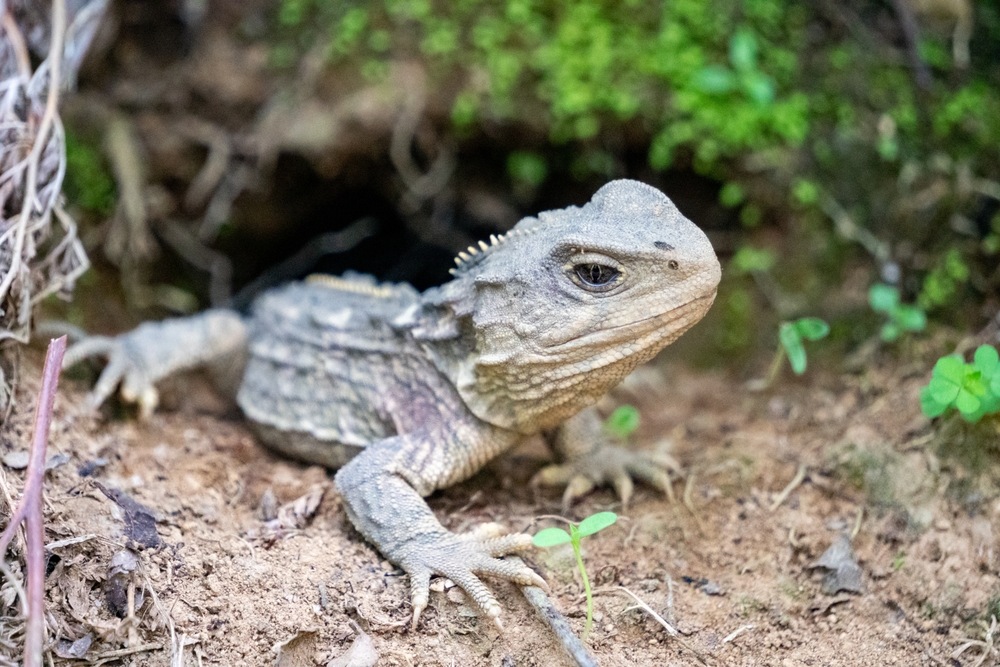
The tuatara, native to New Zealand, is often referred to as a “living fossil,” as it has remained largely unchanged for over 200 million years. These reptilian relics can live up to 150 years, making them one of the longest-living reptiles on the planet. Despite their ancient lineage, tuataras continue to thrive in their natural habitat, adapting to changing environments with remarkable resilience.
Their ability to survive for centuries is attributed to their slow metabolism and unique biology, which sets them apart from modern reptiles. Tuataras are not just survivors but also custodians of a bygone era, offering a glimpse into the distant past of our planet. As researchers study these fascinating creatures, they are continually in awe of their resilience and adaptability. The tuatara stands as a testament to the enduring power of life, surviving and thriving in a world that has changed beyond recognition.
8. Hydras: The Immortal Jellies
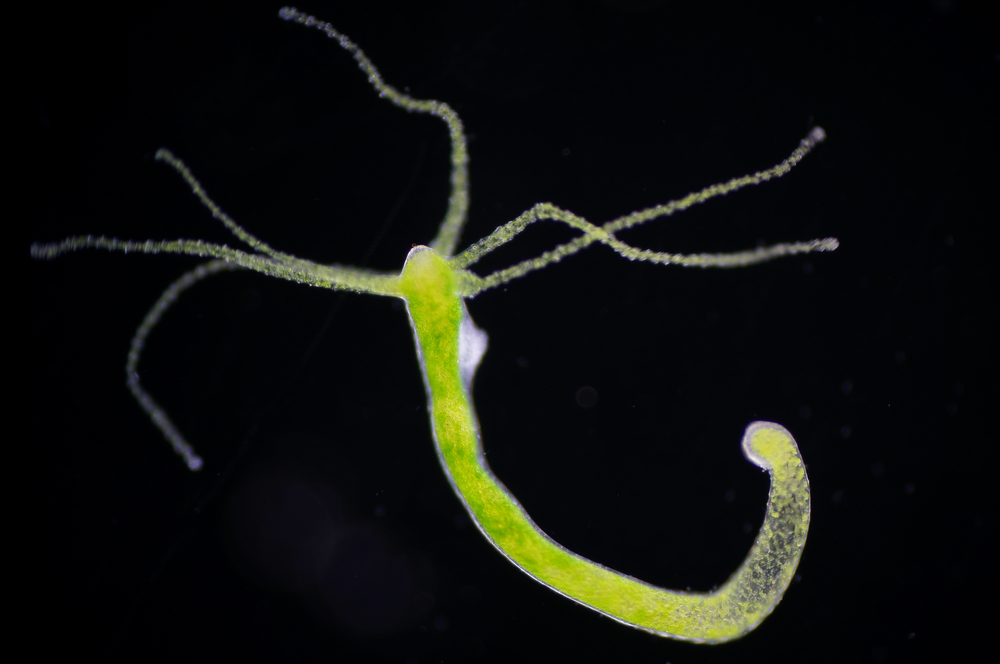
Often found in freshwater environments, hydras are small, tentacled organisms that possess a seemingly magical ability to regenerate. These tiny creatures are considered biologically immortal, meaning they don’t age in the traditional sense and can potentially live indefinitely. Scientists have been captivated by hydras due to their incredible regenerative capabilities, which allow them to replace damaged cells and tissues continuously.
Despite their simple anatomy, hydras hold profound implications for the study of aging and regenerative medicine. Their ability to maintain a youthful state throughout their lives has sparked interest in the scientific community, leading to research on how these mechanisms might be applied to human health. As the quest for longer life continues, hydras offer a glimpse into a future where age may no longer define our existence. While they are not your typical household pets, these immortal jellies hold the key to understanding the mysteries of life itself.
9. Brandt’s Bats: The Nighttime Centenarians
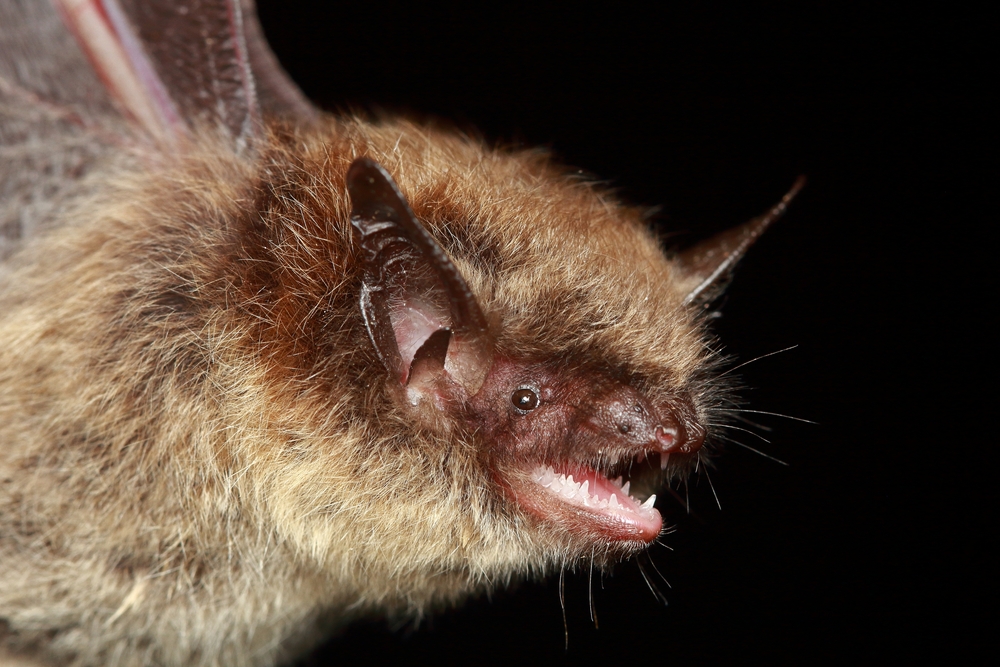
Brandt’s bats may be small, but they are among the longest-living mammals relative to their size. These nocturnal creatures can live up to 40 years, defying the typical lifespan expectations for animals of their size. Their exceptional lifespan is attributed to a combination of low metabolic rates, efficient energy use, and a unique ability to withstand oxidative stress.
Despite their diminutive stature, Brandt’s bats have much to teach us about longevity and resilience. As scientists study these nighttime centenarians, they hope to uncover the secrets behind their impressive lifespan and apply these insights to improve human health. In the quiet of the night, Brandt’s bats carry on with their daily routines, a testament to the wonders of nature’s design. These tiny mammals remind us that big things can indeed come in small packages, especially when it comes to defying the limits of time.
10. Orange Roughy: The Deep Sea Elders
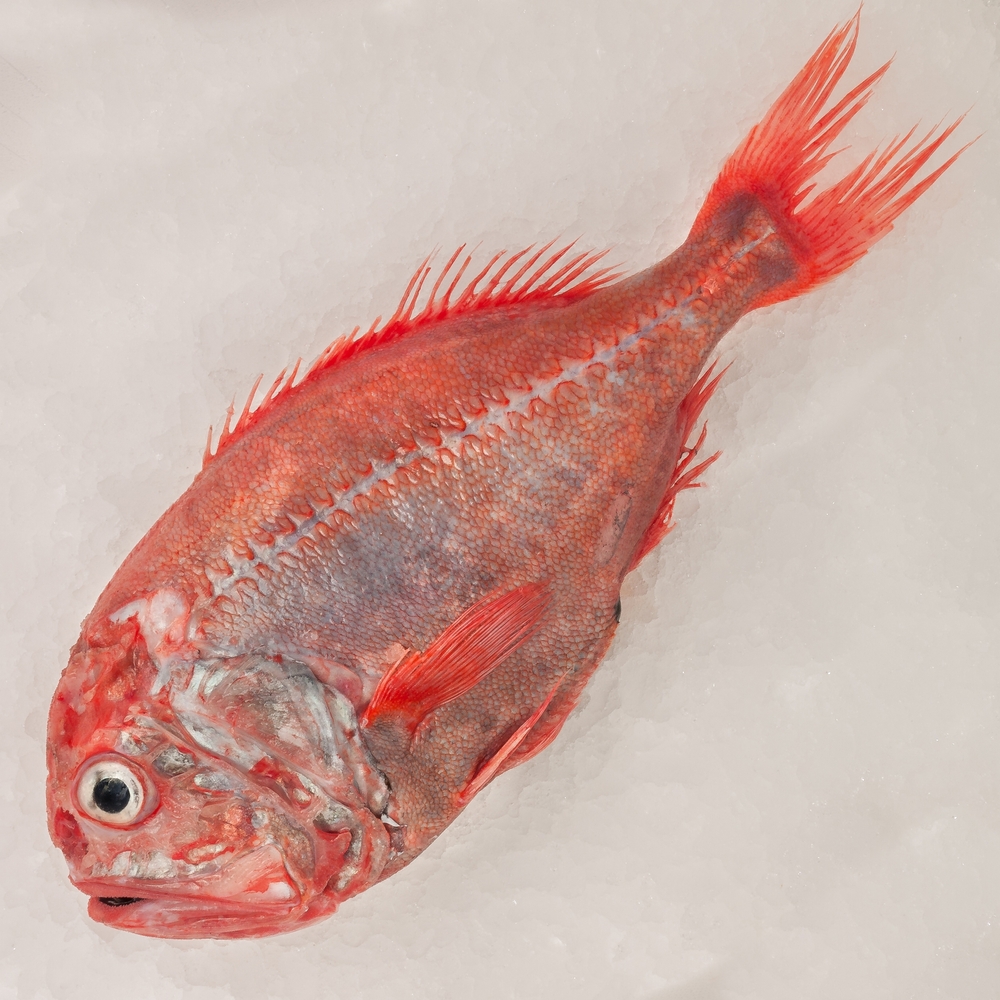
Orange roughy, a deep-sea fish known for its rich flavor and flaky texture, is also notable for its astonishing longevity. These fish can live up to 150 years, thriving in the cold, dark depths of the ocean where few other creatures dare to venture. Their slow growth rate and delayed maturity contribute to their extended lifespan, allowing them to outlive most other fish species.
Orange roughy have become a symbol of resilience in the deep sea, weathering the challenges of overfishing and environmental changes. Their ability to survive in such extreme conditions has made them a subject of fascination for marine biologists and conservationists alike. As scientists work to understand the biology of these deep-sea elders, they are reminded of the delicate balance required to preserve life in our oceans. In a world where the pressures of human activities are ever-present, the orange roughy stands as a reminder of the tenacity of life in the vast, mysterious ocean depths.
11. Guar: The Gentle Giants of the Forest
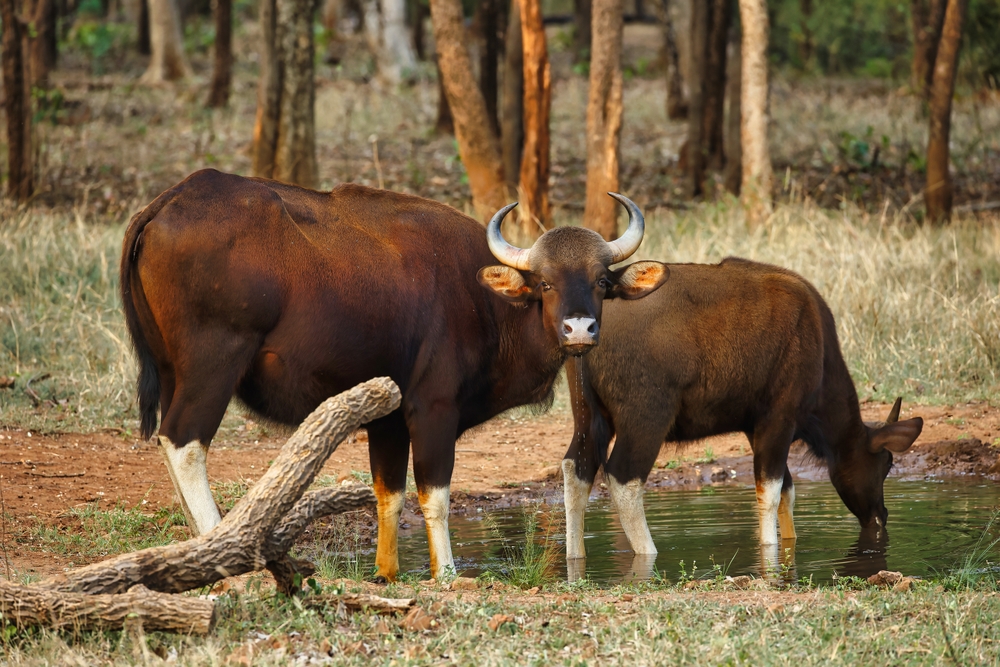
Gaur, often referred to as Indian bison, are impressive bovines that roam the forests of South and Southeast Asia. These gentle giants can live up to 30 years in the wild, and even longer in protected environments. Their strength and resilience have earned them a place among the longest-living terrestrial mammals.
Despite their formidable size, gaur are known for their peaceful demeanor and play a crucial role in maintaining the ecological balance in their habitats. Their longevity is a testament to their adaptability and the intricate web of life that supports them. As humans continue to encroach on their territories, the conservation of gaur has become a pressing concern for wildlife experts. These magnificent creatures remind us of the importance of preserving biodiversity and the delicate balance that sustains life on Earth.
12. Lobsters: The Eternal Crustaceans
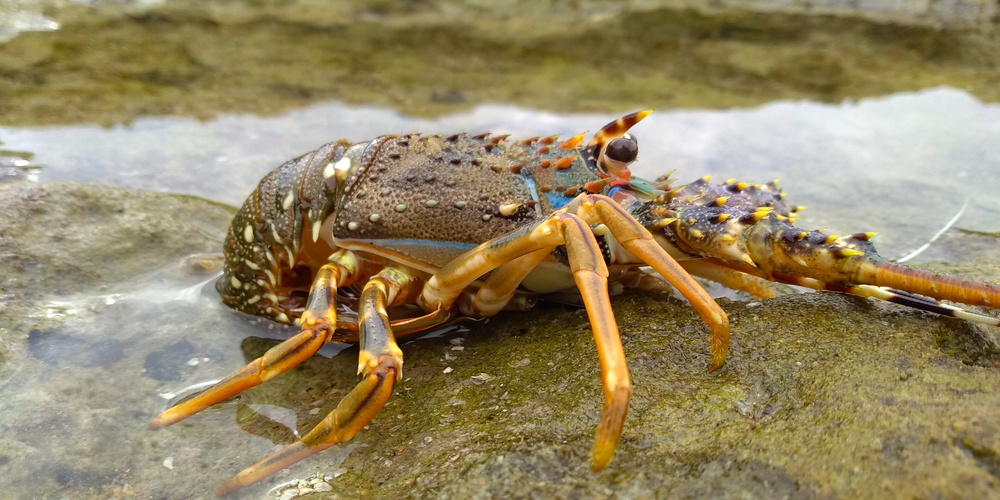
Lobsters have long fascinated people with their potential for near-immortality. These crustaceans can live over 100 years, thanks in part to their ability to regenerate lost limbs and continuously grow throughout their lives. In fact, some scientists believe lobsters could theoretically live indefinitely if not for environmental threats and predation.
Lobsters possess an enzyme called telomerase, which helps maintain the integrity of their DNA, allowing them to avoid the typical signs of aging. This unique biological feature has made lobsters a subject of interest for researchers studying the aging process and the potential for extending human life. While these crustaceans are often associated with fine dining, their true value lies in the secrets they hold about longevity and regeneration. Underneath their tough exterior, lobsters carry the mysteries of life and the promise of unlocking new possibilities for extending our own lifespans.
13. Arctic Terns: The Avian Marathoners

Arctic terns are remarkable birds known for their incredible migratory journeys that span from pole to pole. These avian marathoners can live up to 30 years, a testament to their endurance and adaptability. Every year, they travel tens of thousands of miles, experiencing two summers as they migrate between Arctic and Antarctic regions.
Their longevity is supported by their efficient use of energy and their ability to navigate vast distances with precision. Arctic terns have become a symbol of endurance and resilience, captivating the imagination of bird enthusiasts and researchers alike. As they traverse the globe, these birds remind us of the interconnectedness of our planet and the wonders of nature’s design. In the face of changing climates and habitats, the Arctic tern continues to soar, embodying the spirit of exploration and survival.
14. Elephants: The Matriarchs of the Savannah
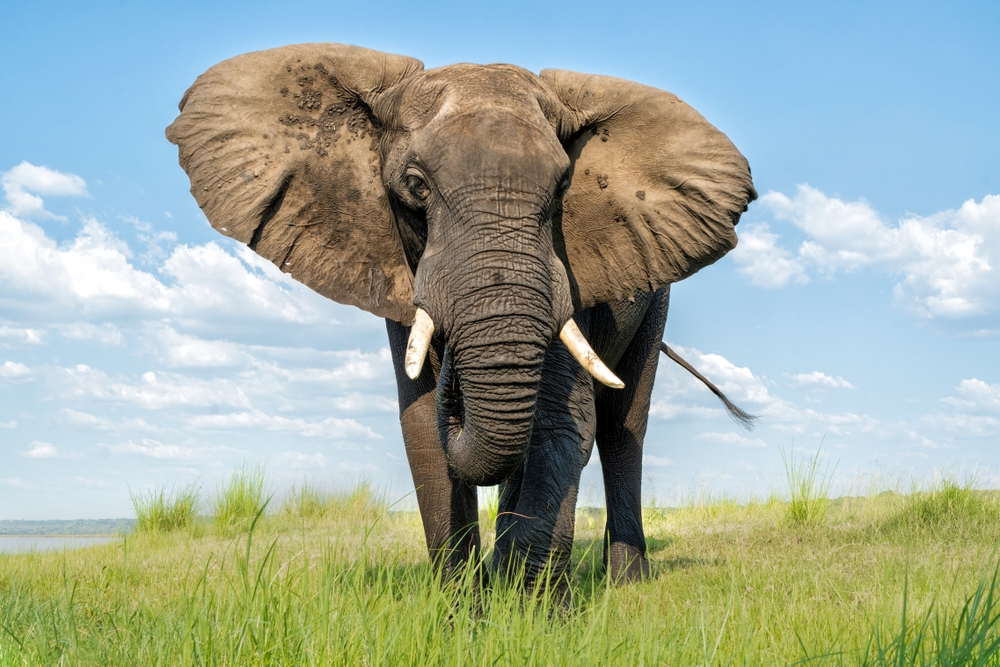
Elephants, with their majestic presence and complex social structures, are among the longest-living land mammals. These gentle giants can live up to 70 years, forming strong familial bonds and maintaining close-knit groups throughout their lives. Their longevity is closely linked to their intelligence, social behavior, and ability to adapt to changing environments.
Elephants play a vital role in their ecosystems, shaping landscapes and influencing the distribution of plant species. Their wisdom and experience are passed down through generations, creating a rich tapestry of knowledge and survival skills. As humans continue to encroach on their habitats, the conservation of elephants has become a global priority. These matriarchs of the savannah remind us of the importance of preserving the natural world and the intricate connections that sustain life on our planet.
15. Rougheye Rockfish: The Underwater Old-Timers
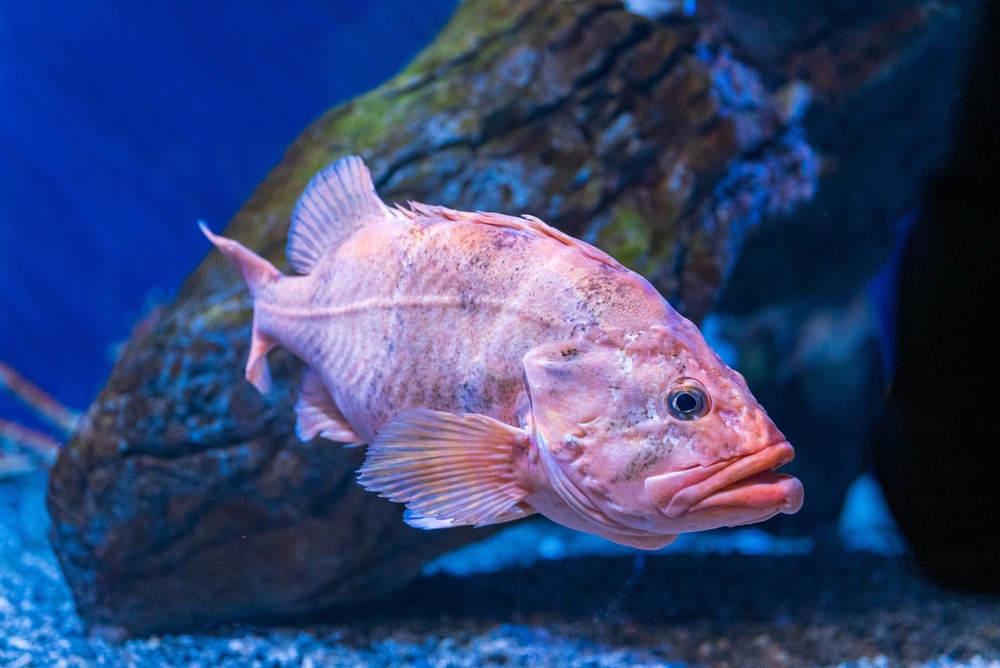
Rougheye rockfish, found in the deep, cold waters of the North Pacific, are some of the longest-living fish species. These underwater old-timers can live up to 205 years, thriving in environments that challenge even the most resilient of species. Their longevity is attributed to their slow growth and late maturity, allowing them to outlast many other marine organisms.
Rougheye rockfish have become a subject of fascination for marine biologists, who seek to understand the factors that contribute to their impressive lifespan. Their ability to survive in such harsh conditions serves as a reminder of the resilience and adaptability of life in the ocean. As scientists continue to study these remarkable fish, they hope to uncover insights that can inform conservation efforts and enhance our understanding of marine ecosystems. The rougheye rockfish stands as a testament to the enduring power of life beneath the waves, persevering through centuries in the ever-changing ocean depths.
